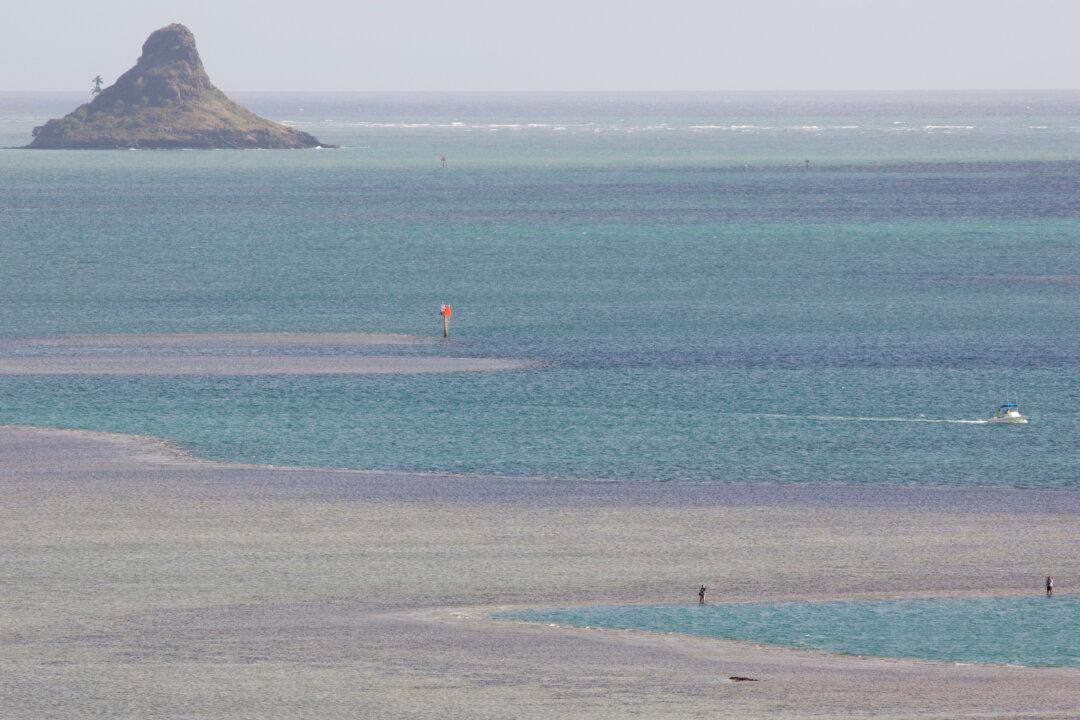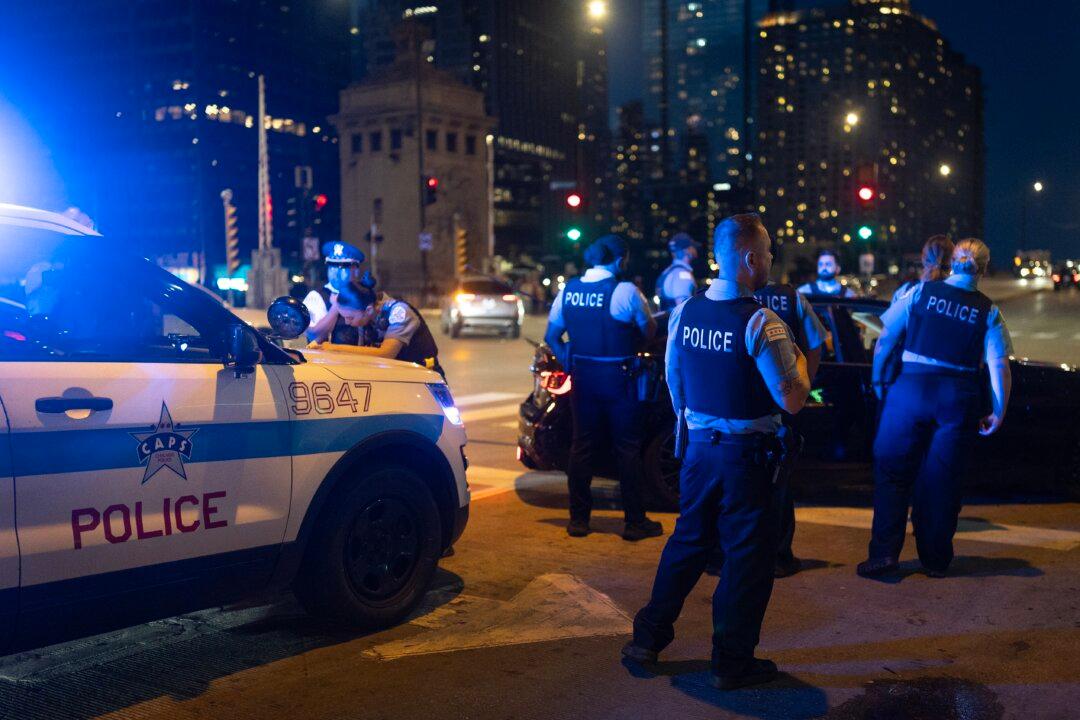Just three miles off Maui’s southern coast, coral colonies at Molokini Crater are purging algae, which live in their tissues, in response to higher than normal ocean temperature, the Department of Land and Natural Resources announced on Oct. 9 in a press release.
DLNR Department of Aquatic Resources (DAR) researchers have been monitoring bleaching activities of 30–40 different coral colonies at Molokini for three years. Severe bleaching has been identified across the entire Hawaiian Archipelago since last year.
“Conservatively at least one half of the corals at Molokini are currently bleached; probably more,” said Darla White, the DAR special projects coordinator, in the release.
She attributes the unprecedented bleaching to CO2 and other greenhouse gases in the atmosphere. But it can also be caused by extra-bright sunlight combined with warming seawater, disease, pollution from urban or agricultural runoff, and changes in the salinity of seawater, according to The Nature Conservancy website.
Bleached-out coral reefs are quite a departure from the colorful images tourists clamor to see on diving trips. Hundreds of tourists were snorkeling nearby last week as the DAR dive team was photographing the snowy white coral heads. White said that coral reefs are intrinsically linked to Hawaii’s economics, culture, and way of life.
Although reefs make up less than 1 percent of the Earth’s undersea ecosystems, they shelter 25 percent of marine species, states The Nature Conservancy; they also protect shorelines, support fishing industries, and provide tourist dollars. The threat of coral bleaching could lead to a decrease in fish populations, economic hardship for locals, and increased threat of storm surge and coastal erosion.
The corals actually get their colors from the tiny algae that they have been forced to expel. The algae provide food to the corals through carbohydrates they produce during photosynthesis. The warming temperature stresses out the corals and puts a strain on their relationship with the algae, causing the coral to secrete it. White said bleaching makes coral highly susceptible to disease and other natural and man-caused stresses. If these algae aren’t reabsorbed in the near term, the coral will die.
But the coral bleaching doesn’t have to be a death sentence. Simple changes in everyday habits to reduce CO2 can make a big difference, said White. Healthy reefs can be revived through resilience projects that reduce heat or light stress with cooler water and shade.





